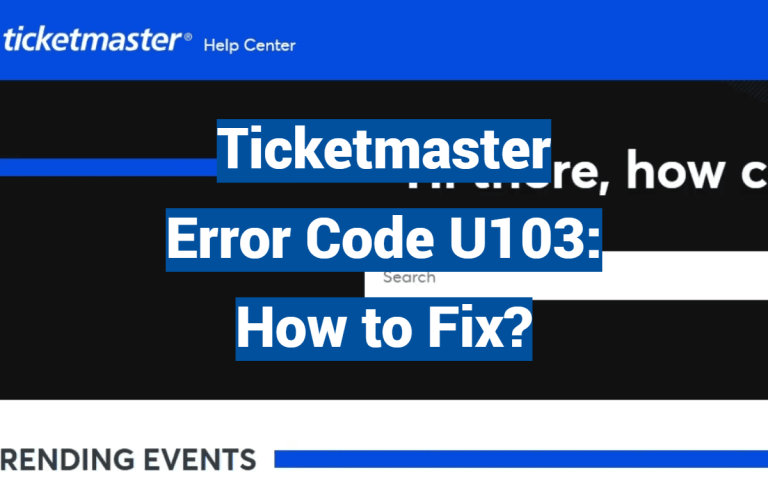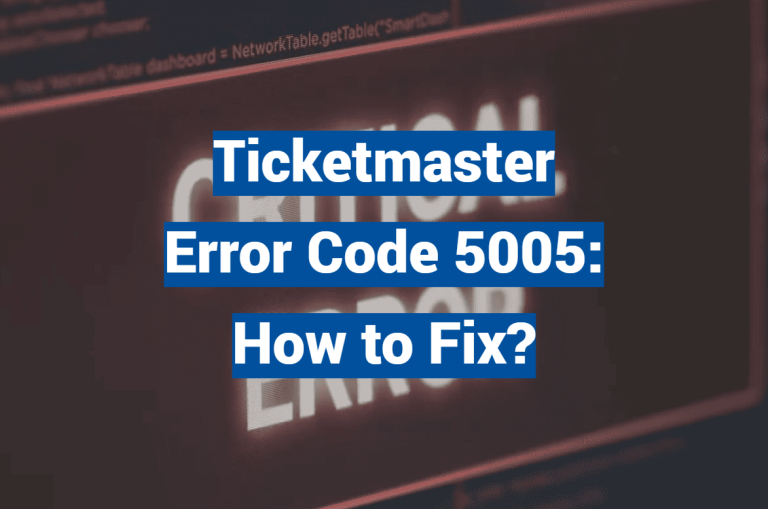Keyence Light Curtain Error Codes

Did you know over 70% of unplanned factory shutdowns stem from preventable equipment communication failures? In industrial settings where machinery operates at high speeds, safety systems must work flawlessly to protect workers and productivity. Advanced detection technologies like the GL-R series offer precision monitoring with beam resolutions as fine as 14 mm, covering distances up to 32 feet. These systems act as silent guardians, using real-time diagnostics to flag operational hiccups. When something goes wrong, built-in indicators and output signals become critical tools for technicians. For example, synchronization issues between components account for nearly 40% of operational alerts in manufacturing environments. Understanding what different signals mean helps teams act fast. Is it a temporary glitch from dust interference, or a serious power supply problem? The answer determines whether you need a quick reset or full system inspection. Modern safety solutions even comply with strict international standards like IEC61496-1, ensuring reliable performance under pressure. Key Takeaways Decoding system alerts prevents costly downtime in fast-paced industrial settings GL-R models provide clear visual and electrical signals for rapid troubleshooting Most common issues involve component communication and environmental factors Proper diagnosis separates minor glitches from critical safety concerns Compliance with global safety standards ensures consistent protection Introduction to Keyence Light Curtain Error Codes Industrial safety barriers speak their own language. Modern detection systems use coded alerts to share real-time status updates with operators. These messages act like a diagnostic fingerprint, revealing whether equipment needs a quick adjustment or urgent repairs. Three-tiered alerts simplify decision-making. Temporary glitches might show brief LED flashes, while critical failures trigger steady red lights. Maintenance teams learn to read these patterns like traffic signals – green for normal, yellow for caution, red for stop. Alert Type Visual Signal Recommended Action Temporary Interruption Flashing amber Check for obstructions Component Failure Solid red Initiate full diagnostics Sync Issue Alternating lights Verify wiring connections Centralized monitoring takes guesswork out of the equation. When detection systems link to plant-wide controls, alerts pop up on dashboards miles from the production floor. This instant visibility helps teams respond before small issues snowball. Environmental factors often masquerade as technical problems. Dust buildup or stray vibrations can trick sensors into false alarms. Regular calibration checks keep safety systems honest – and workers protected. Understanding Keyence Light Curtain Systems Modern manufacturing relies on invisible shields that stop machines before accidents happen. These systems combine precision engineering with smart diagnostics to create adaptable safety zones. Let’s explore what makes them effective. Core Parts and Variations The GL-R lineup offers flexible solutions for different spaces. Ranging from 23 to 207 beams, these units cover heights from 8.66″ to over 6 feet. Their 10mm beam spacing detects small objects while ignoring dust. Model Beam Count Height Coverage Best For GL-R23F 23 beams 8.66″ Compact machinery GL-R207F 207 beams…







